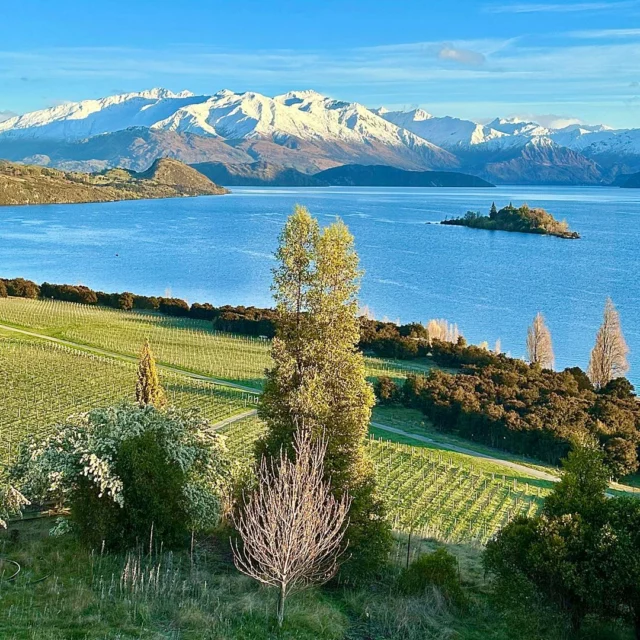Burgundy 2022: Bountiful and Beautiful
Updated Sep 2022
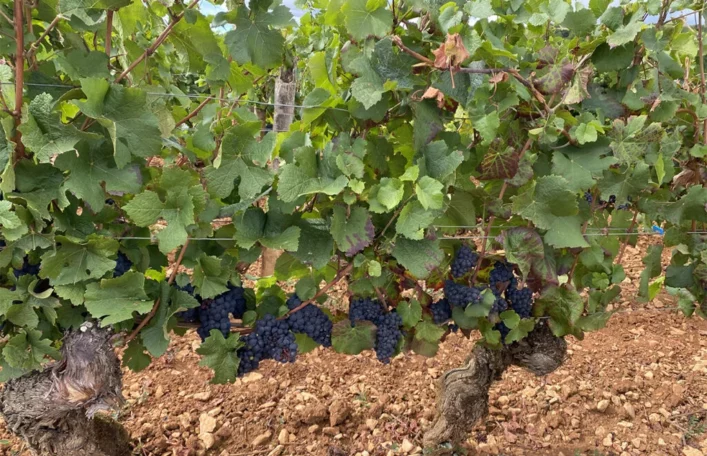
Ladies and gentlemen, we have a fine and consistent Burgundy vintage on our hands!
Very good wines and plenty of them, consistent in both colours and across the region. How we got there is a little bit counter intuitive given the weather patterns.
Read on to discover all.
Very good wines and plenty of them, consistent in both colours and across the region. How we got there is a little bit counter intuitive given the weather patterns.
Read on to discover all.

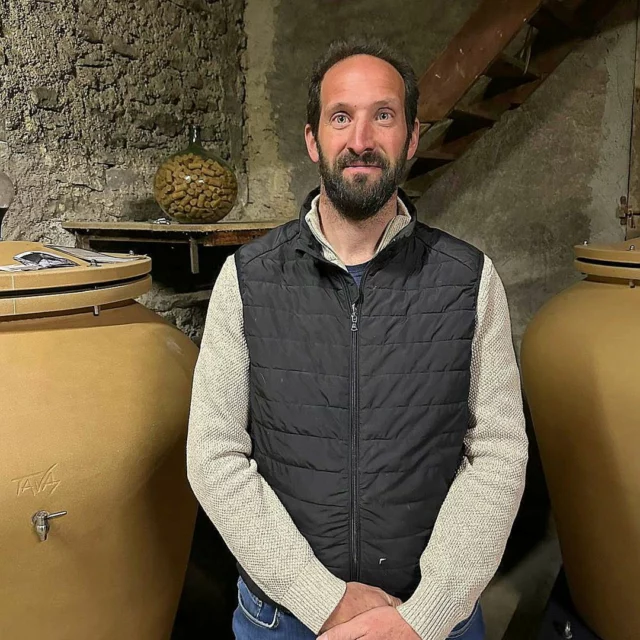

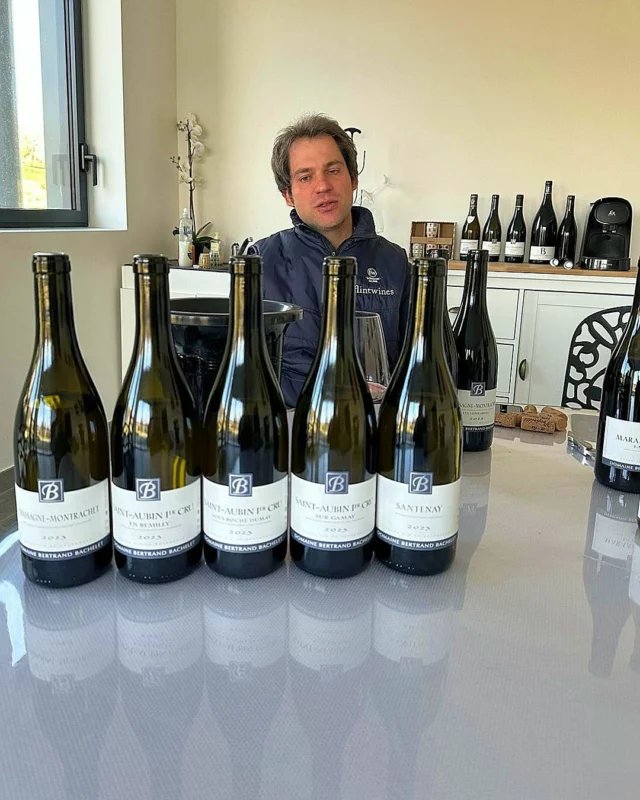
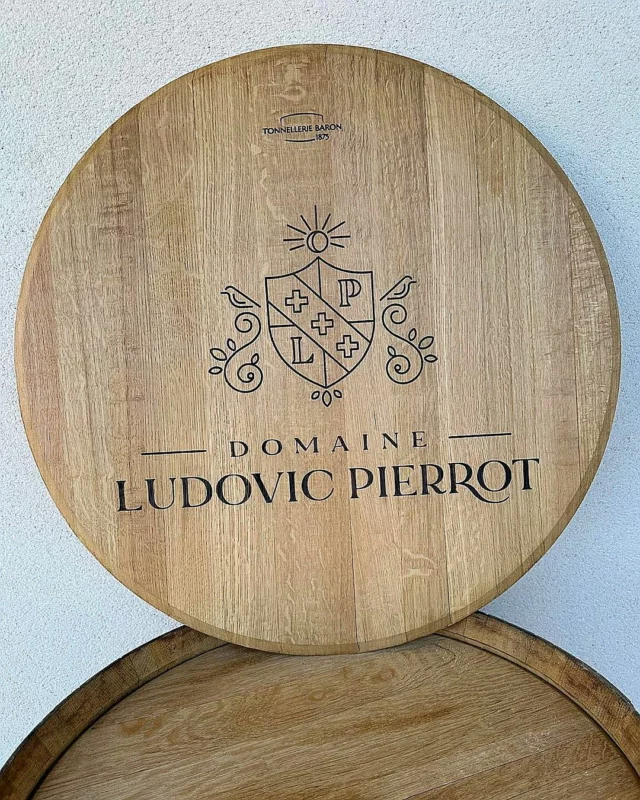
 NEW TASTING REPORT
NEW TASTING REPORT
 Rippon: T
Rippon: T